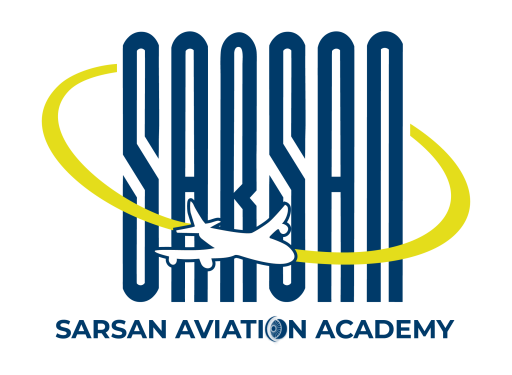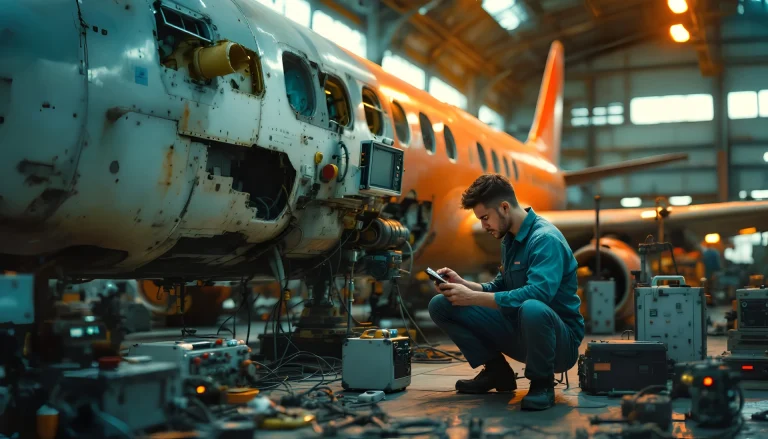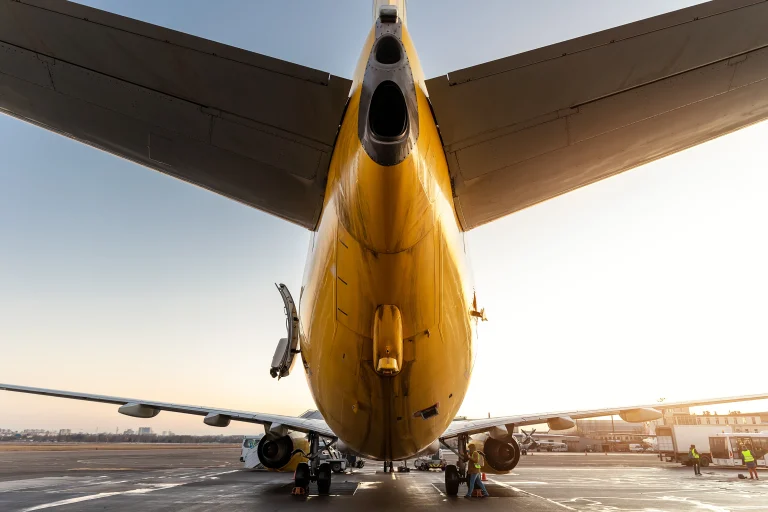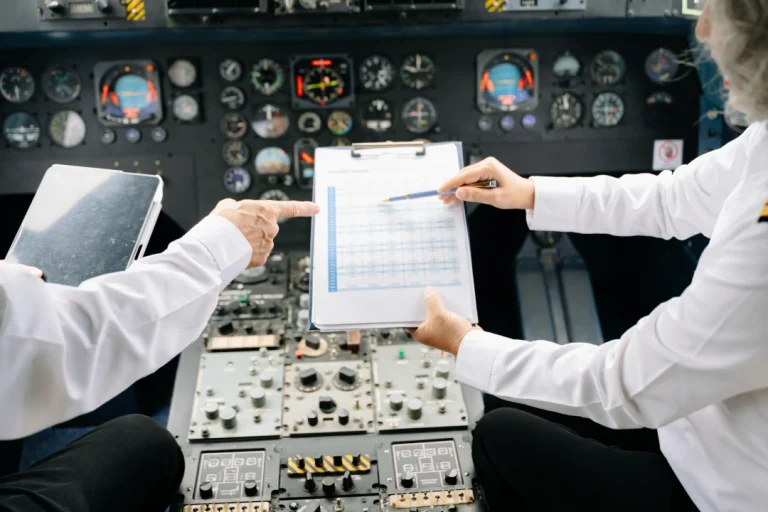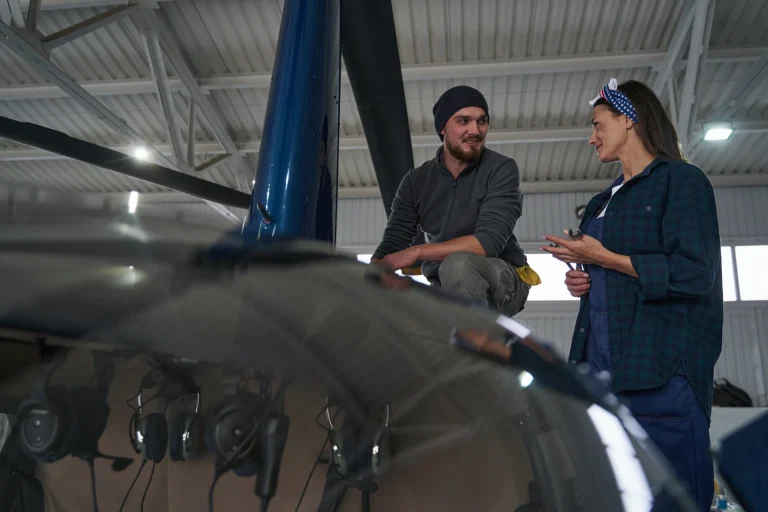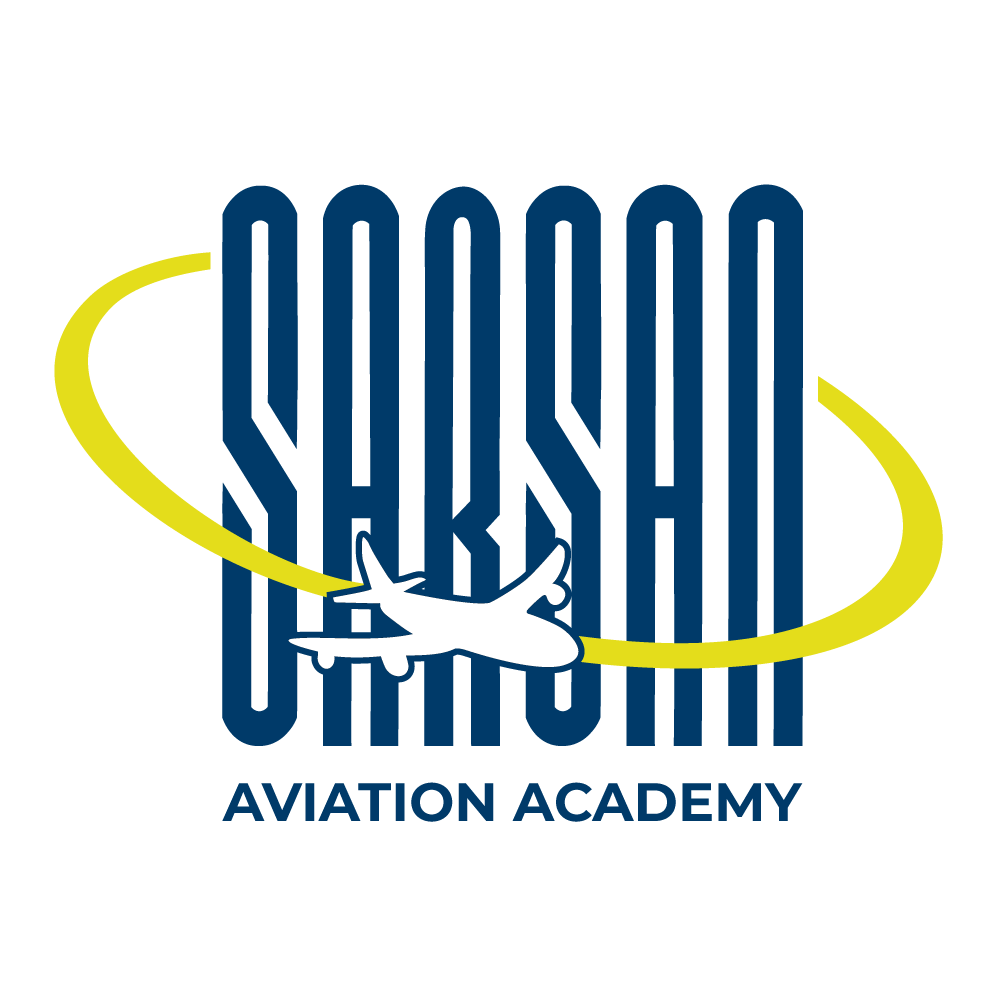Introduction
The aviation industry is constantly evolving, driven by advancements in technology and innovation. Emerging technologies are reshaping the way aircraft are designed, manufactured, operated, and maintained, offering new opportunities to improve safety, efficiency, and sustainability in aviation. In this article, we’ll take a closer look at some of the most promising emerging technologies in aviation and their potential impact on the future of flight.
Electric Propulsion:
Electric propulsion systems are gaining momentum as a promising alternative to traditional combustion engines in aviation. Electrically powered aircraft, such as electric vertical takeoff and landing (eVTOL) vehicles and electric commuter planes, offer reduced emissions, quieter operation, and lower operating costs compared to conventional aircraft. Advances in battery technology and electric motor efficiency are driving the development of electric propulsion systems for various aviation applications.
Urban Air Mobility (UAM):
Urban air mobility (UAM) is poised to revolutionize urban transportation by enabling on-demand, autonomous air taxi services in densely populated areas. UAM vehicles, including eVTOLs and electric air taxis, promise to alleviate traffic congestion, reduce commute times, and provide a sustainable alternative to ground transportation. Integration of UAM into urban airspace requires advances in autonomy, air traffic management, and infrastructure development.
Supersonic and Hypersonic Flight:
Supersonic and hypersonic flight technologies are redefining the future of high-speed air travel. Supersonic aircraft, capable of traveling faster than the speed of sound, offer reduced travel times and increased efficiency for long-haul flights. Hypersonic vehicles, which exceed Mach 5, hold the potential for even faster, near-space travel, enabling rapid global connectivity and access to space. Development of supersonic and hypersonic aircraft requires overcoming technical challenges related to aerodynamics, propulsion, and materials science.
Advanced Materials and Manufacturing:
Advances in materials science and manufacturing technology are enabling the development of lighter, stronger, and more fuel-efficient aircraft. Composite materials, additive manufacturing, and advanced alloys offer opportunities to reduce aircraft weight, improve aerodynamic performance, and enhance structural integrity. By incorporating advanced materials and manufacturing techniques, aircraft manufacturers can achieve greater fuel efficiency, lower emissions, and increased sustainability.
Artificial Intelligence (AI) and Machine Learning:
Artificial intelligence (AI) and machine learning are transforming various aspects of aviation, including aircraft operations, maintenance, and air traffic management. AI algorithms enable predictive maintenance, anomaly detection, and optimization of flight trajectories, leading to improved safety, reliability, and efficiency in aviation operations. Machine learning techniques also enhance pilot training, air traffic control, and aviation cybersecurity.
Unmanned Aerial Vehicles (UAVs) and Drones:
Unmanned aerial vehicles (UAVs) and drones are revolutionizing numerous industries, including agriculture, construction, and logistics, by providing cost-effective aerial data collection and remote sensing capabilities. In aviation, UAVs are used for tasks such as aerial surveillance, infrastructure inspection, and cargo delivery. Advances in UAV technology, autonomy, and regulation are driving the proliferation of commercial drone applications and shaping the future of aviation.
Sustainable Aviation Fuels (SAFs):
Sustainable aviation fuels (SAFs) are emerging as a key solution to reduce aviation’s carbon footprint and mitigate climate change. SAFs, produced from renewable feedstocks such as biomass, waste oils, and synthetic fuels, offer lower greenhouse gas emissions compared to conventional jet fuels. Adoption of SAFs requires investment in production infrastructure, regulatory incentives, and industry collaboration to scale up production and increase availability.
In conclusion, emerging technologies are poised to transform the aviation industry, offering new opportunities for safer, more efficient, and sustainable flight operations. By embracing electric propulsion, urban air mobility, supersonic flight, advanced materials, artificial intelligence, drones, and sustainable aviation fuels, the aviation industry can drive innovation, enhance connectivity, and shape the future of flight. Continued research, investment, and collaboration are essential for realizing the full potential of these emerging technologies and ensuring a brighter, more sustainable future for aviation.
